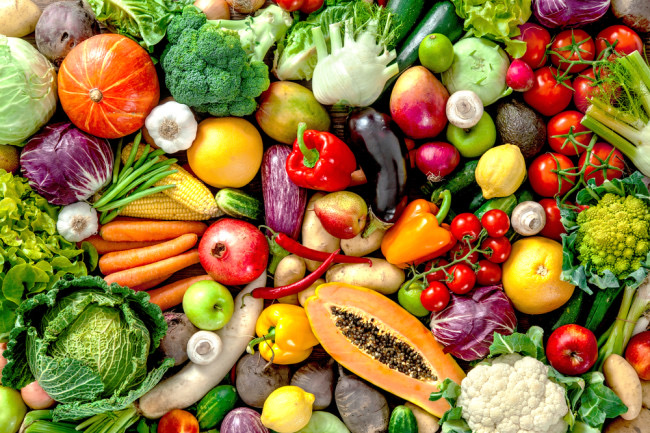Food Insecurity Has Risen Amidst the Pandemic
Photo of fruits and vegetables.
October 2, 2020
America’s positive track of combating food insecurity from the past decade has taken a significant decreased due to the ongoing pandemic. With COVID-19 still rampant, people are losing their jobs, children are going hungry, and food pantries have mile-long lines.
Data from the US Department of Agriculture shows how well America was doing in the fight against food insecurity pre-pandemic, where there was a “statistically significant decline in the prevalence of food insecurity from 11.1 percent in 2018 to 10.5 percent in 2019,” which “continues the eighth year of declining food insecurity from a high of 14.9 percent in 2011.”
According to Feeding America, a non-profit organization that works toward eliminating food insecurity among Americans, states that the pre-pandemic rates were “the lowest food insecurity rates seen since before the Great Recession.” Yet the current crisis has reversed many of these improvements that have occurred over the past decade.
Now, milli0ns of people are unemployed in America, leading to a loss of income in many households. Food insecurity is highly correlated to income, where the demand for SNAP, the largest food assistance program for low-income Americans, has risen due to the pandemic.
Food insecurity has negatively effected children during the pandemic, where food insecurity has tripled among households with children, according to an estimate by researchers at Northwestern University. Luis Guardia, the President of the Food Research and Action Center believes that this is because “a lot of kids get their nutrition from school meals, and that’s been disrupted.”












